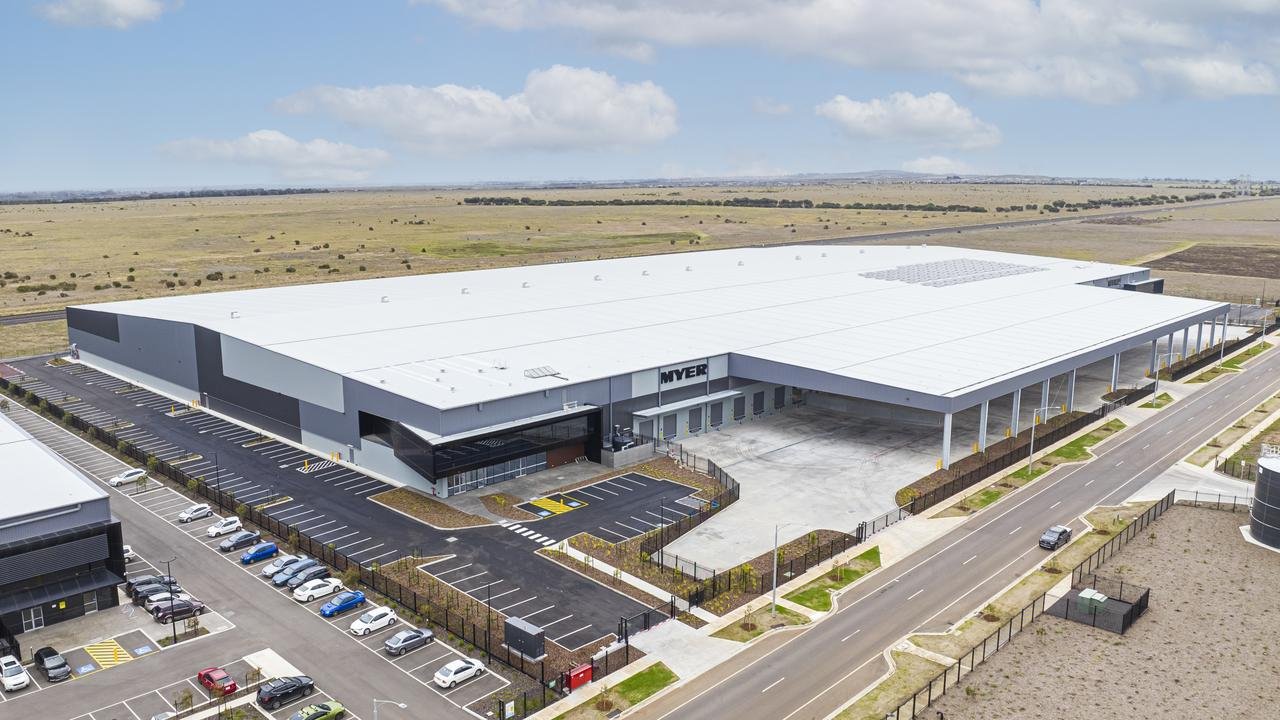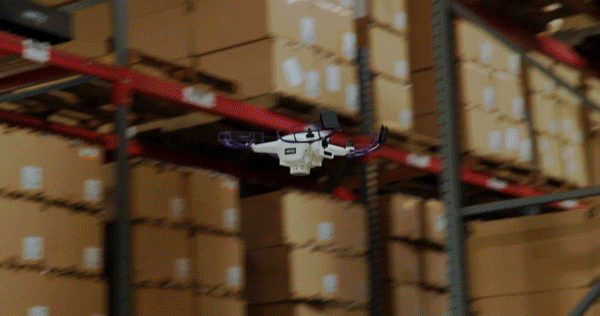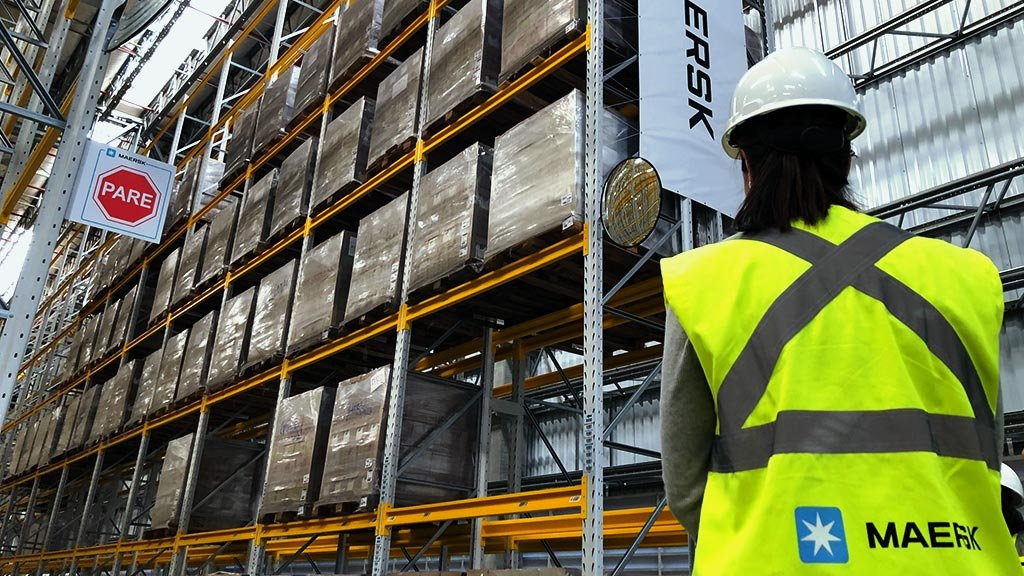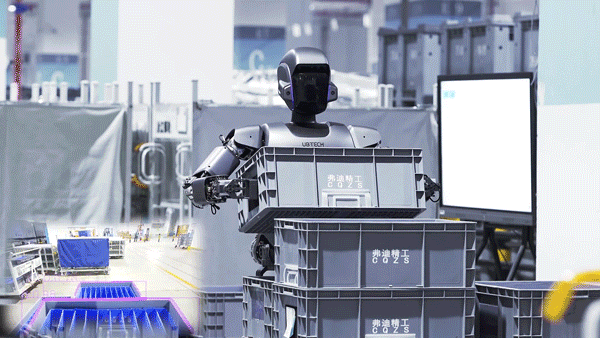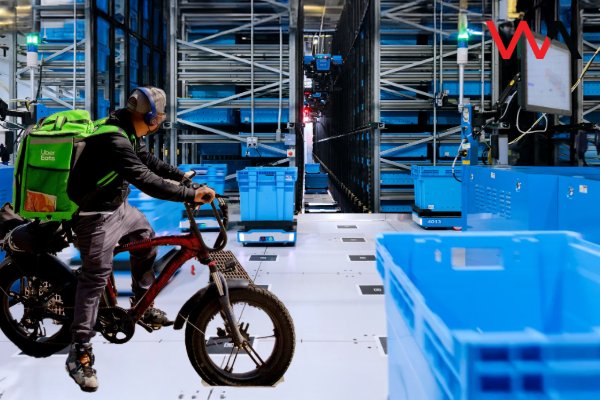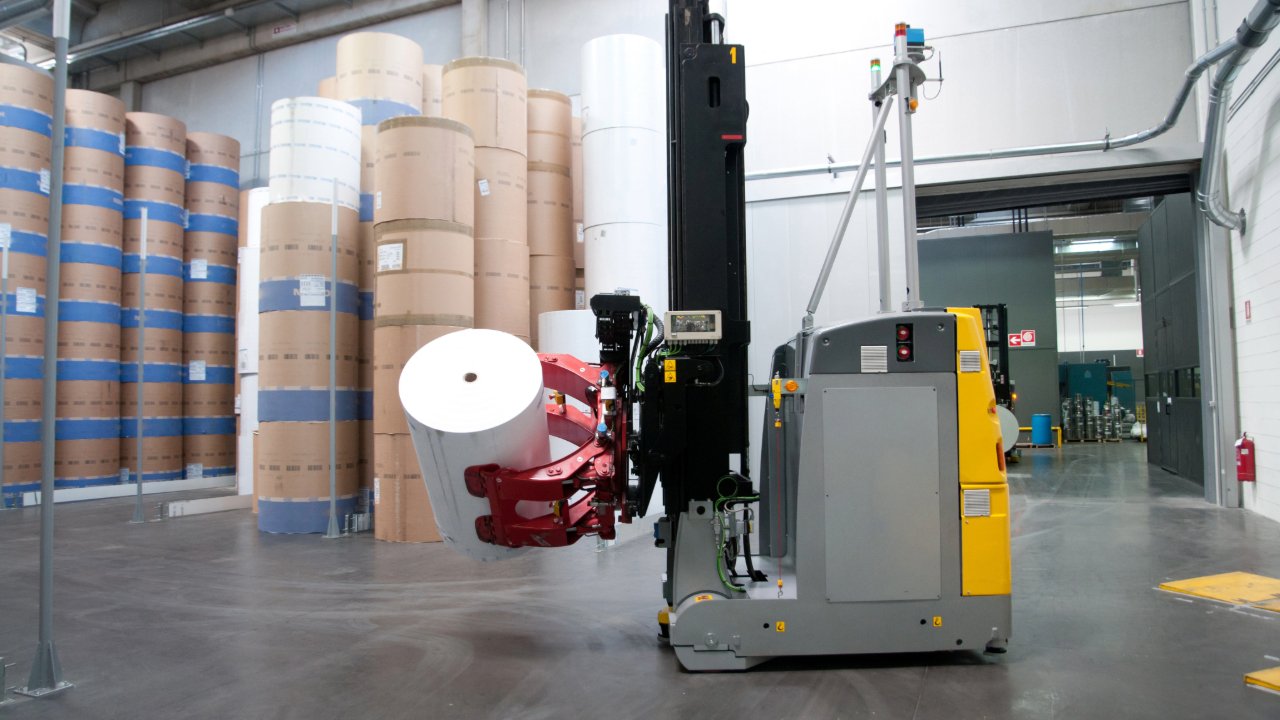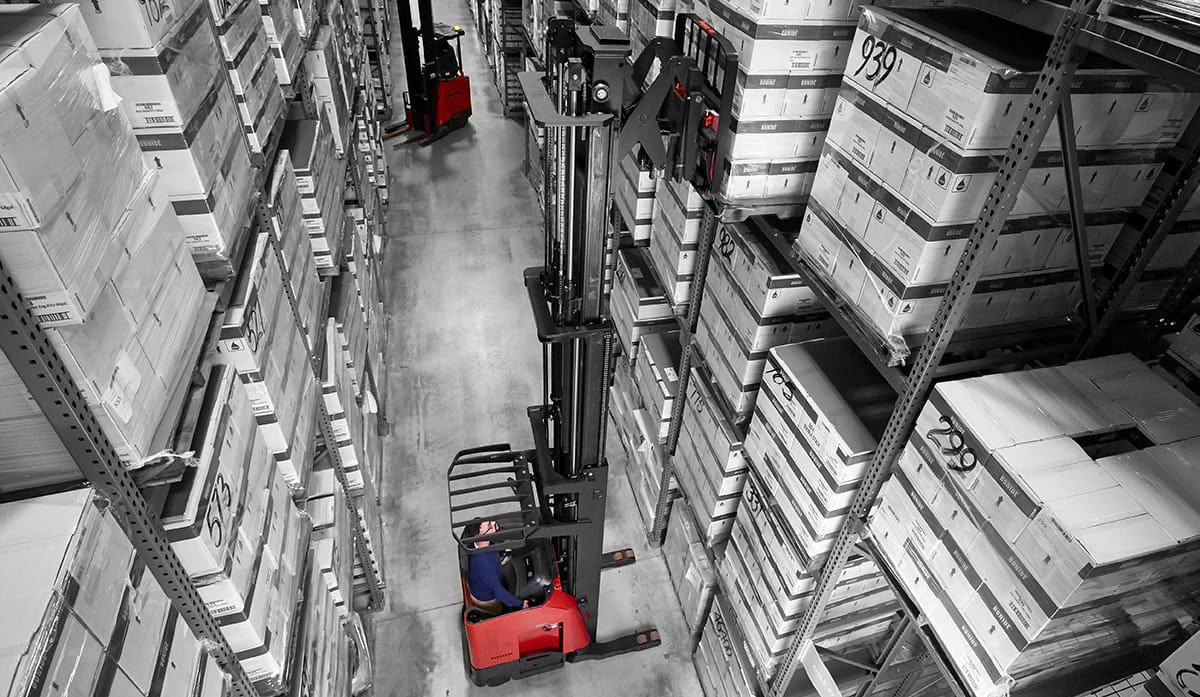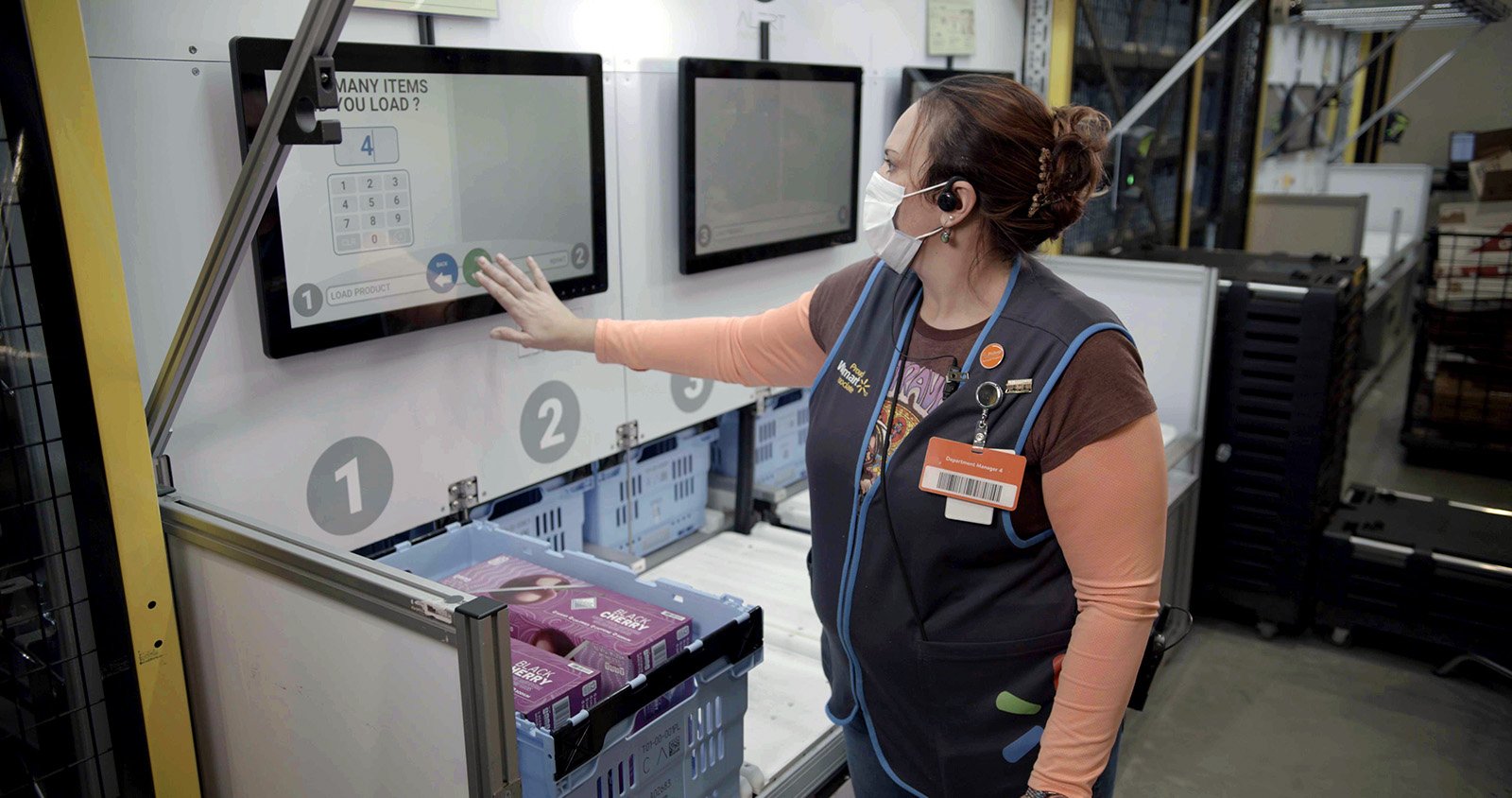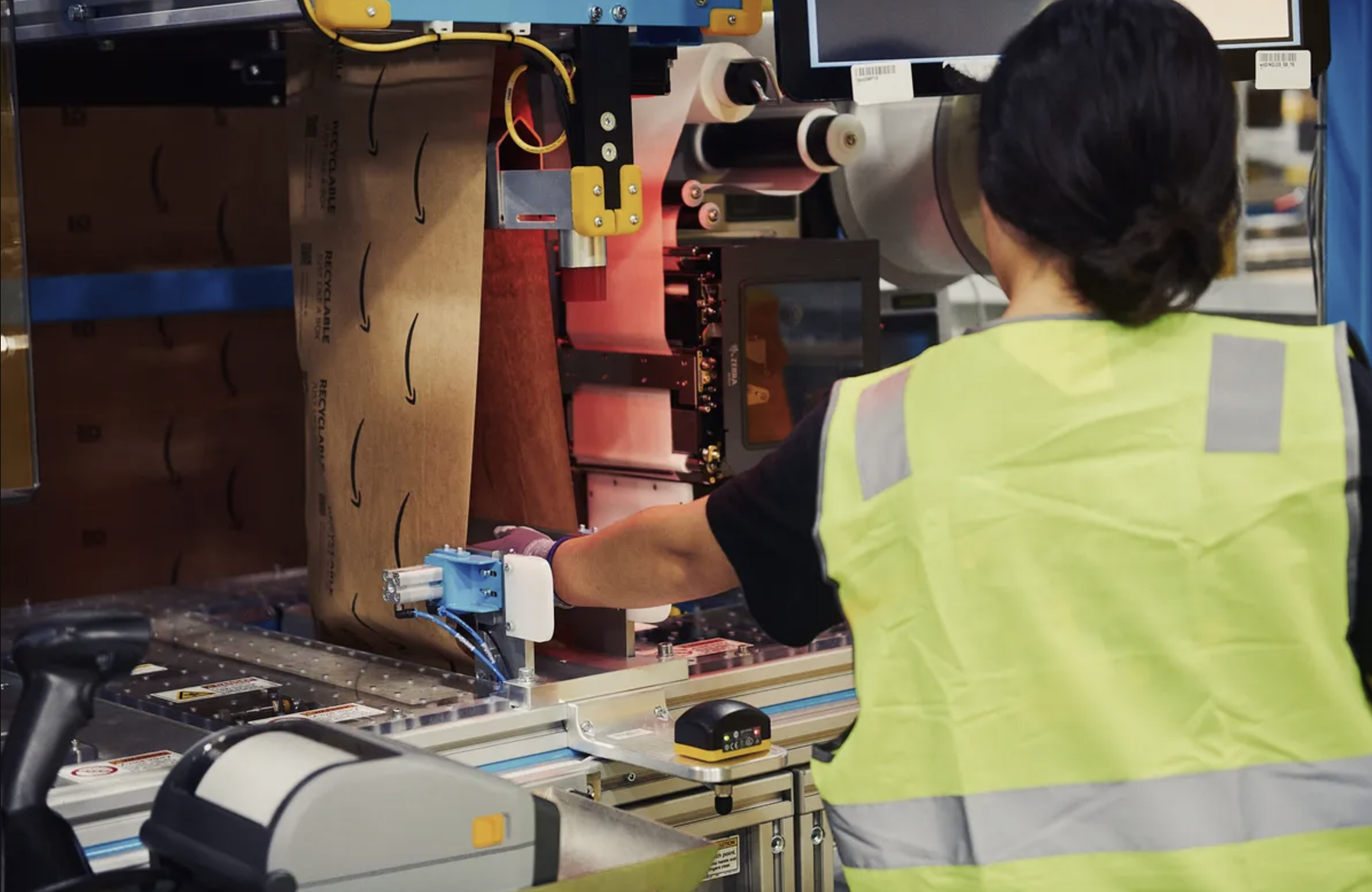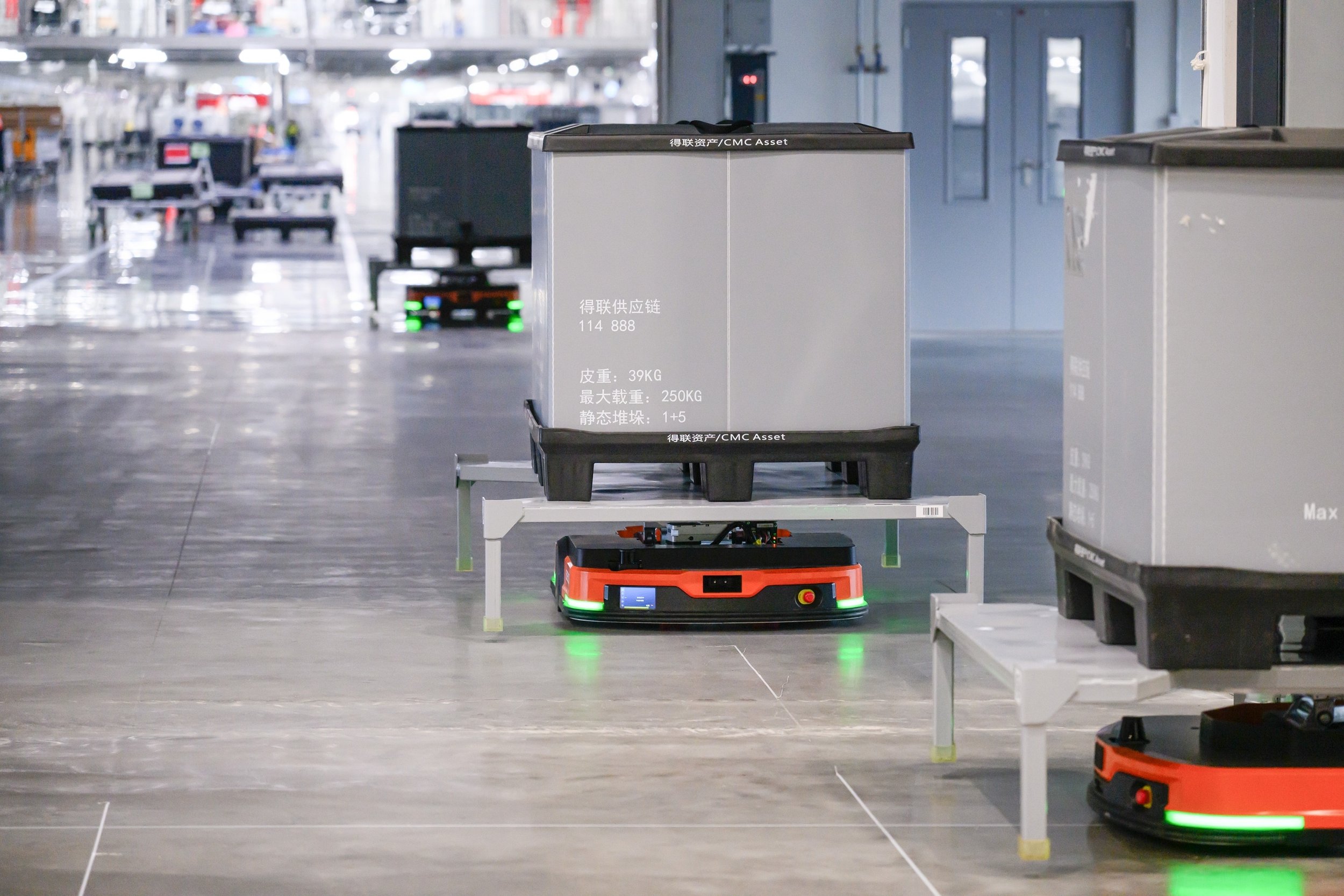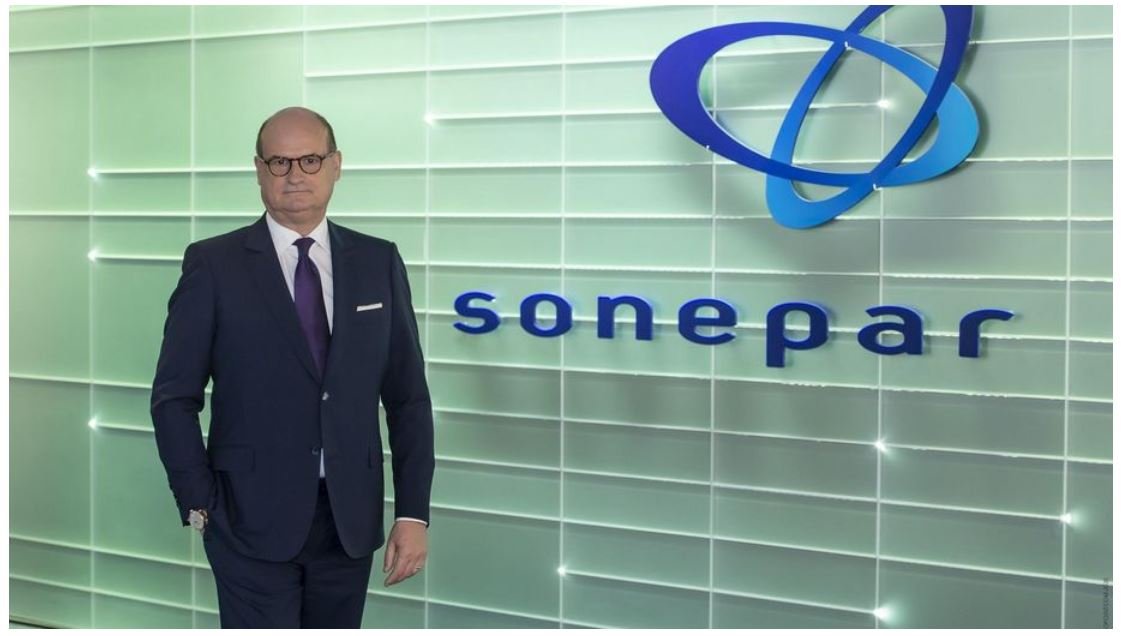MIT Research: 60% of Workers See Robotics and AI Improving Jobs
AI and Robotics Boost Safety, Productivity: MIT Study
Employees believe that robotics and AI offer safety, productivity, and career benefits in new MIT Study
60% of employees who work with robotics and AI expect positive impacts on their productivity, job satisfaction, and safety.
New MIT-led research offers valuable insights into improving the workplace through automation. A key finding reveals that 60% of employees worldwide who have engaged with robotics and AI anticipate positive effects on their safety, career growth, and productivity.
The document titled "Automation from the Worker’s Perspective: How Can New Technologies Make Jobs Better?" explores workers' views on the impact of automation technologies like robots and AI. It challenges common assumptions that automation harms workers, presenting a more optimistic outlook based on a large survey of over 9,000 workers across nine countries.
Key Points:
Positive Impact: Many workers report that automation improves safety, comfort, autonomy, and pay. The survey shows that workers who engage in complex tasks or feel valued by their employers are more likely to view automation favorably.
Education and Attitudes: Interestingly, workers with less formal education are often more positive about automation than highly educated workers. Black and Hispanic workers in the U.S. are particularly optimistic about its impact.
National Differences: Workers in countries with strong social safety nets, like France and Germany, perceive automation as having a more positive impact, particularly on job security, while workers in countries like the U.S. are more skeptical.
Financial Incentives: Experimental data in the report suggests that financial incentives for productivity improvements can enhance workers' views of automation, while giving workers input into how technologies are used doesn't significantly affect their attitudes.
Job Satisfaction and Technology Champions: Workers who are more satisfied with their jobs and those who act as advocates for new technologies within their organizations tend to view automation more positively.
The study emphasizes the need for policies and strategies that harness the benefits of automation while addressing concerns about job security and equitable pay.
How Automation Can Empower Workers and Improve Jobs: A Fresh Perspective
When we think about automation, the typical narrative is often one of machines taking over jobs, leading to job losses and insecurity. But a new study offers a different, more hopeful view—one from the workers themselves. According to a recent report by researchers from MIT, automation may actually be a tool that can make jobs better, safer, and more rewarding for many workers.
Automation Isn’t Just About Job Loss
For decades, the fear surrounding automation has been rooted in the belief that robots, AI, and other technologies would replace human jobs. However, this report—based on a survey of over 9,000 workers across nine countries—paints a more optimistic picture. A significant number of workers feel that automation brings real benefits to their jobs. From improved safety and comfort on the job to increased autonomy and even higher pay, many are embracing the potential of these technologies.
Workers’ Voices on Automation
The survey found that workers who regularly face complex problem-solving tasks, and those who feel valued by their employers, are particularly positive about automation. These workers see new technologies not as threats, but as tools that help them do their jobs better. In fact, many reported feeling more empowered by the opportunity to learn new skills and take on more responsibility, often resulting in career growth and better pay.
Interestingly, some of the workers most optimistic about automation were those with less formal education, bucking the common belief that more educated workers benefit most from technology. The report also highlights that Black and Hispanic workers in the U.S. are notably more positive about automation’s impact on their work than other demographic groups.
National Differences in Attitudes
The study also uncovered significant differences in how automation is perceived across different countries. Workers in countries with strong social safety nets, like France and Germany, tended to feel more secure and optimistic about the impact of automation on their job security and wages. On the other hand, workers in the U.S., U.K., and Australia—countries with more liberal market economies—were less confident that automation would lead to job security and better pay.
Financial Incentives Matter
Another surprising finding from the study was that financial incentives can dramatically shift workers' attitudes toward automation. When workers were offered bonuses tied to productivity gains from using new technologies, they were much more likely to see automation as a positive force in their workplace. However, giving workers a voice in how these technologies were used didn't have as much of an impact. This suggests that while employee input is valuable, financial rewards might be more effective in encouraging workers to embrace automation.
The Key to "Positive-Sum Automation
The term "positive-sum automation" emerges from the study as a guiding principle—technological change that benefits both employers and employees. For this vision to become a reality, companies need to prioritize not just productivity but also worker well-being. When workers feel valued and supported, and when automation complements their skills rather than replaces them, the result is a win-win situation where both sides thrive.
### Conclusion: A Balanced View of the Future of Work
While fears about job loss due to automation are not entirely unfounded, this study provides a much-needed counterbalance to the doom-and-gloom narratives. Automation, when implemented thoughtfully, can enhance job satisfaction, improve safety, and create new opportunities for career growth. For workers, this can mean higher wages and greater autonomy. For employers, it can mean a more skilled, engaged, and productive workforce.
As we look ahead to a future where AI, robots, and advanced machines are commonplace in workplaces, the key challenge will be to harness these technologies in ways that truly benefit everyone. By listening to workers and aligning incentives, we can move toward a future of work that is both innovative and inclusive.
Amazon Blogpost by Tye Brady, Chief Technologist, Robotics at Amazon, published on aboutamazon.com on September 30, 2024, referencing the MIT Study >
As Amazon’s chief technologist for robotics, what I’m passionate about in our work to design and deploy robotics and AI solutions within our operations is our focus on creating technology that benefits and serves our employees. Our goal is to ensure these systems improve safety and productivity. Technology should be used to help us retain and grow our talent through skill development and reimagining how we make our workplace better, both in productivity and safety. If we do this well, we’re certain to always innovate for our customers.
Thanks to new research led by MIT, we have gained insights from data that points to how we can do this even better. One of the key trends in the data that shows promise is that 60% of employees globally who have interacted with robotics and AI expect positive impacts on their safety, career development, and productivity.
I believe in the power of people and that people matter most when it comes to innovation. Their perceptions shape the success of the technology we build. That’s why it’s critical for us to constantly seek feedback from our employees. We need to understand how robotics and AI impact their daily work and understand their views on how automation will affect their jobs now and in the future.
Within our daily operations, we integrate employee feedback in every stage of our technology development. It is important to our design process and we are always curious for more insights and getting outside perspective. That’s why our ongoing collaboration with MIT is so valuable and why we’re excited by the publication of their research on Automation from the Worker’s Perspective.
Their fully independent study, conducted across nine countries, provides a comprehensive look at how employees feel about AI and automation in the workplace and their beliefs about how it impacts their jobs. This global lens helps us think long-term—not just about how technology can benefit employees here in the U.S., but around the world.
Key findings
It comes with no surprise, particularly with the latest advancements in generative AI, that people have concerns about the impact of new technology and how it could change their jobs. These trends speak to a growing need to help better inform people about the career opportunities that AI and robotics offer in an increasingly technology-driven economy. The concerns are natural and have historically been part of any new transformative innovation. People seek change for the right reasons and we aim to not only build a better toolset for people to use but to also put people at the center of the robotics universe.
One of the most compelling findings from the study is that employees who have hands-on experience with robotics are generally more positive about the impact of automation. This insight underscores a fundamental truth: Concerns about automation often stem from the unknown, and as employees gain familiarity with these new tools, they see their benefits.
Some additional insights uncovered in the research point to how companies should:
Build trust and show investment: The study found both to be key predictors that are beneficial for technology adoption and reducing turnover.
Create financial incentives for employees: The study links the productive use of technology to better pay and finds it can build in a positive-sum automation framework by design.
Design jobs of the future: The study found creating more opportunities for problem-solving to keep employees engaged and motivated, as well as to prepare them to think about better uses of technology.
Foster opportunity through upskilling: One of the most striking findings in the study is that only a minority of employees say they are highly motivated by career mobility, but far more say that their employers are not sufficiently focused on learning and mobility.
Upskilling and a human-centered approach
We believe the way forward lies not in choosing between people and technology but in empowering our workforce to grow alongside these advancements. This belief is embodied in our Upskilling Pledge. Since 2020, we’ve committed more than $1.2 billion to train over 300,000 employees, providing them with the skills they need for high-growth jobs. This includes training in robotics, engineering, and other technical roles that are increasingly in demand as our operations evolve.
By upskilling our employees, we ensure that the introduction of automation creates more opportunity, not less. Our investment in training and education helps employees move into new, higher-paying roles. For example, many of our fulfillment centers now require more skilled positions, such as maintenance and robotics engineers—jobs that didn’t exist in these environments a decade ago.
AI has the potential to support and enhance our workforce even further, which is why we are dedicated to making AI accessible to all by training employees on these new technologies. Amazon’s AI Ready pledges to provide free AI skills training to two million people globally by 2025.
Safety and robotics in action
Safety is another critical area where robotics is making a significant difference. In 2024, we allocated $750 million toward improving workplace safety, with a strong emphasis on ergonomics. Robotics helps play an important supporting role in this initiative, with the introduction of systems that reduce the need for employees to perform repetitive or physically strenuous tasks.
Our ergonomic workstations embedded in Sequoia, our novel inventory management solution, and Proteus, our first autonomous mobile robot, allow employees to refocus their time on efforts that require higher levels of problem-solving, while the robots handle more routine, physically demanding tasks.
Expanding the MIT-Amazon collaboration
Looking ahead, I’m particularly excited about the next phase of our partnership with MIT. In 2025, we will launch a fellowship program where postdoctoral researchers from MIT will work directly with our Fulfillment Technology & Robotics teams. This collaboration aims to identify best practices for scaling automation across our operations, ensuring that as we deploy new systems, we continue to improve the employee experience.
The timing couldn’t be better. As we introduce a new series of automation technologies in the coming years, this fellowship will provide valuable insights into how we can continue to integrate robotics in ways that enhance workplace safety, create new job opportunities, and improve overall productivity.
The future of work at Amazon is one where people and technology collaborate to build a safer, more productive workplace. With the insights from the MIT research and our ongoing investment in upskilling, I’m confident that we’re on the right path to creating jobs that are not only better but also more fulfilling.




